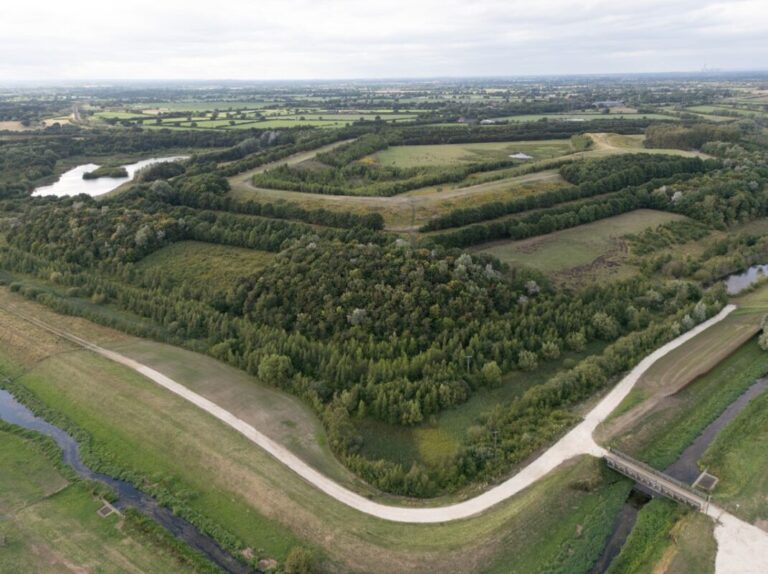Doncaster Council approved the 1,400MW/3,100MWh battery energy storage system (BESS) project, which will be the largest in the UK and one of the largest in Europe. The facility is being developed on 55 acres of land that was part of a former coal station site and is adjacent to an existing substation.
Sungrow will supply containers of lithium-ion based battery systems as part of a strategic agreement the two companies signed in November. Sungrow will also provide its liquid-cooled Power-Titan 2.0 BESS units for Fidra Energy’s 500MW/1GWh West Burton C project, at which construction is set to begin in 2026.
Fidra Energy was launched by energy investment firm EIG in September 2024, aiming at a 10GW operational portfolio across the UK and Europe by 2030. Its UK development pipeline sits at 3.15GW and, as well as Thorpe Marsh (formerly owned by Banks Renewables) and West Burton C, includes the 1.2GW Bicker Fen 1&2 project in the East Midlands, and Nottinghamshire’s 500MW West Burton C development.
See the full original version of this article on Solar Power Portal.
Innova secures consent for solar-plus-storage project with 2,050MWh BESS
Renewable energy developer Innova has been granted full planning consent for a 49.9MW solar development with significant co-located energy storage capacity near Doncaster.
Doncaster Council granted full permission for the Almhome Energy Hub project, which is set to be located in Almhome, a hamlet 4.4 miles north of the city of Doncaster, South Yorkshire.
Alongside the 49.9MW solar installation planned for the 173-acre site, the development will feature a 1.025GW/2.05GWh BESS, which Innova states is the second largest BESS project to gain planning consent to date in the UK.
Planning documentation indicates that 894 BESS containers will be installed on the site, alongside a large number of solar panels utilising bifacial photovoltaic cells. Bifacial solar panels can produce as much as 10-20% more power than traditional monofacial setups, and Innova’s planning application states that the panels will also help minimise solar glare for the surrounding site.
See the full original version of this article on Solar Power Portal.

